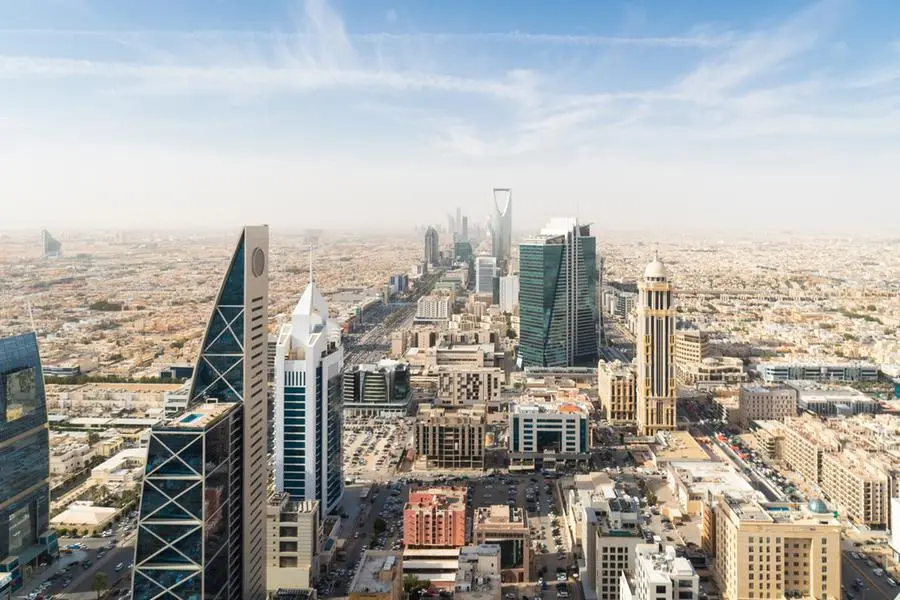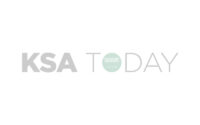Saudi Arabia’s residential transactions resurgent in Q1 2024

Riyadh: CBRE Saudi Arabia, the global leader in commercial real estate services and investments, released its latest edition of Saudi Arabia’s Real Estate Market Review for the first quarter of 2024.
Looking at the office sector, a moderation in the rate of rental growth has been witnessed throughout the first quarter of the year across all market segments. In the year to Q1 2024, average Prime rents in Riyadh’s occupier market registered an increase of 14.5%. Over the same period, average rents within the Grade A segment of the market saw an increase of 11.8%, and average Grade B rents registered a year-on-year increase of 10.3%. As of the first quarter of 2024, the average occupancy rate within the Prime, Grade A, and Grade B segments of the market stood at 93.8%, 99.7%, and 99.4%, respectively. In in the year to Q1 2024, in Dammam, average Grade A rents increased by 8.0%, and average Grade B rents grew by 6.2%. Over this period, Khobar’s Grade A rents saw year-on-year increase of 4.6%. Headline occupancy rates improved in both cities, where Grade A occupancy rates in Dammam and Khobar stood at 86.3% and 85.2%, respectively, as at Q1 2024. Over this period, the average Grade B occupancy rate within Dammam’s occupier market reached 71.6%. In the 12 months to Q1 2024, average Grade A and Grade B rental rates in Jeddah saw year-on-year increases of 13.6% and 13.1%, respectively. The average Grade A occupancy rate rose by 0.7 percentage points, while Grade B occupancy rate increased by 7.3 percentage points. Grade A and Grade B average occupancy rates stood at 92.5% and 86.6%, respectively.
In the residential sector, strong levels of demand continue to be seen in Saudi Arabia’s key residential cities. In the first quarter of 2024, the number of sales transactions registered in Riyadh recorded a year-on-year increase of 77.0%. In the year to Q1 2024, Jeddah witnessed an increase of 92.9% in the number of residential transactions and Dammam witnessed an increase of 28.0% year-on-year. Average villa prices in Riyadh, Jeddah, and Khobar registered respective increases of 3.6%, 0.2% and 3.1% in the year to the first quarter of 2024, while Dammam registered a marginal decline by 0.5% as at Q1 2024. In the apartment segment of the market, in Q1 2024, average prices in Riyadh, Dammam and Khobar grew by 8.4%, 0.9%, and 0.4%, respectively, compared to the year prior. On the other hand, average apartment prices in Jeddah fell by 1.1% over the same period.
Looking at the hospitality sector, performance remained robust over the first quarter of the year on the back of strong visitation levels. Year-on-year, in the year to date to March 2024, the average occupancy rate registered a marginal increase of 0.1 percentage point, and the country’s ADR increased by 11.8% which resulted in an increase of 12.0% in the average RevPAR. On a city level, over this period,
Riyadh’s average occupancy rate declined by 4.4 percentage points, and its ADR increased by 26.8%, resulting in a rise of 18.9% in the city’s average RevPAR. Although the average occupancy rate declined by 3.7 percentage points in Madinah, the city’s ADR registered an increase of 20.5%, which led to an increase of 15.2% in RevPAR levels. Makkah’s average occupancy rate marginally rose by 0.4 percentage points, and its ADR grew by 9.1%, culminating in a RevPAR growth of 9.7%. %. In Jeddah, the average occupancy rate registered an increase of 6.0 percentage points. The city’s ADR grew by 3.2%, leading to a 13.9% growth in RevPAR levels. Dammam’s average occupancy rate saw an upsurge of 9.1 percentage points while its ADR declined by 3.1% and the city’s RevPAR registered an increase of 13.5%. In the year to date to March 2024, the average occupancy rate registered an increase of 8.8 percentage points compared to its pre-pandemic baseline, as all tracked cities have surpassed their 2019 levels. Over this period, the country’s ADR stood at 62.3% above its 2019 baseline and as a result, we saw the average RevPAR outperform the 2019 figure by 85.8%.
In the first quarter of 2024, the industrial sector marked the resumption of the efforts carried out by the Ministry of Transportation and Logistics Services to enhance the logistical ecosystem and its services. Due to the ongoing logistical and industrial reforms, according to the World Economic Forum (WEF), Saudi Arabia scored 5.7 in the Quality of Road Infrastructure (QRI) score, which led to the Kingdom ranking 4th among G20 countries. In terms of performance, in Q1 2024, Riyadh’s average industrial and logistics rent marked an increase of 8.1% from the year prior. In Jeddah, in the 12 months to Q1 2024, the average industrial and logistics rent increased by 3.1%. Average industrial and logistics rents within Dammam registered a year-on-year increase of 4.6% in Q1 2024, while Khobar’s industrial and logistics properties recorded a decline of 2.8% in their average rent as at Q1 2024.
Taimur Khan, Head of Research MENA, comments: “Whilst we have seen strong performance across commercial sectors within Saudi Arabia in the recent past, something which continues to date, we are now beginning to see the residential sector also register a significant surge in demand. This is in turn underpinning performance in the sector. As new stock continues to be delivered, we expect that this trend is likely to continue, with demand expect to outpace supply for some time to come, however we do also expect that there might be some bifurcation in performance within the residential sector, with new quality assets likely to register record rates.”





 Email: info@cyber-gear.com
Email: info@cyber-gear.com